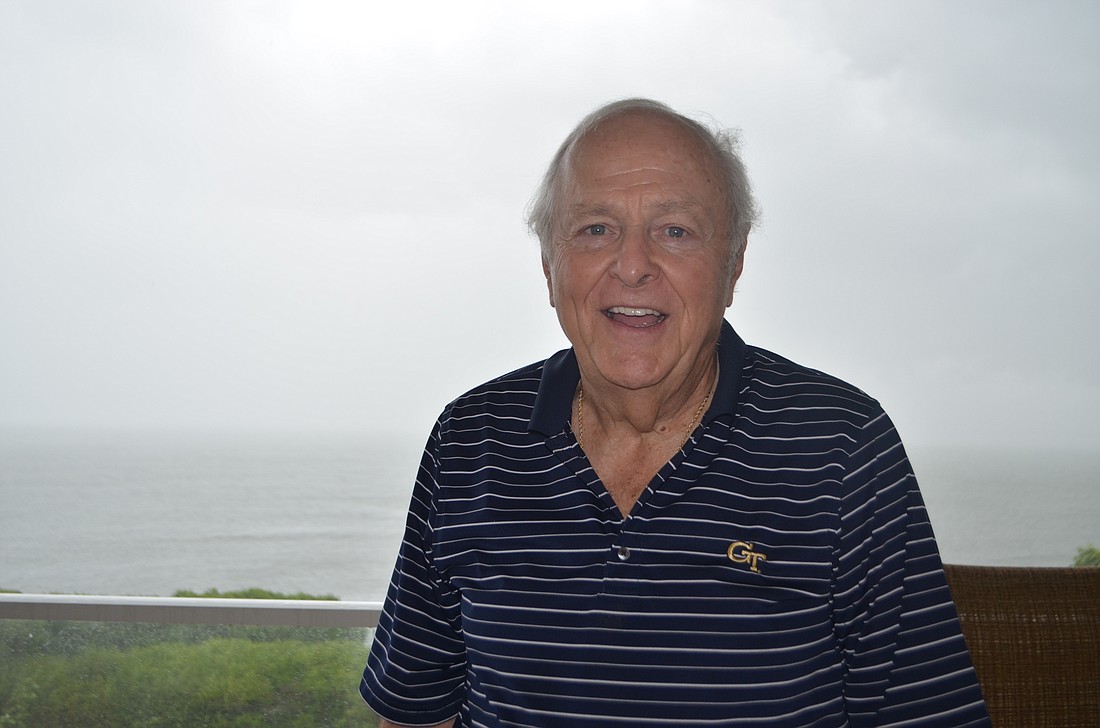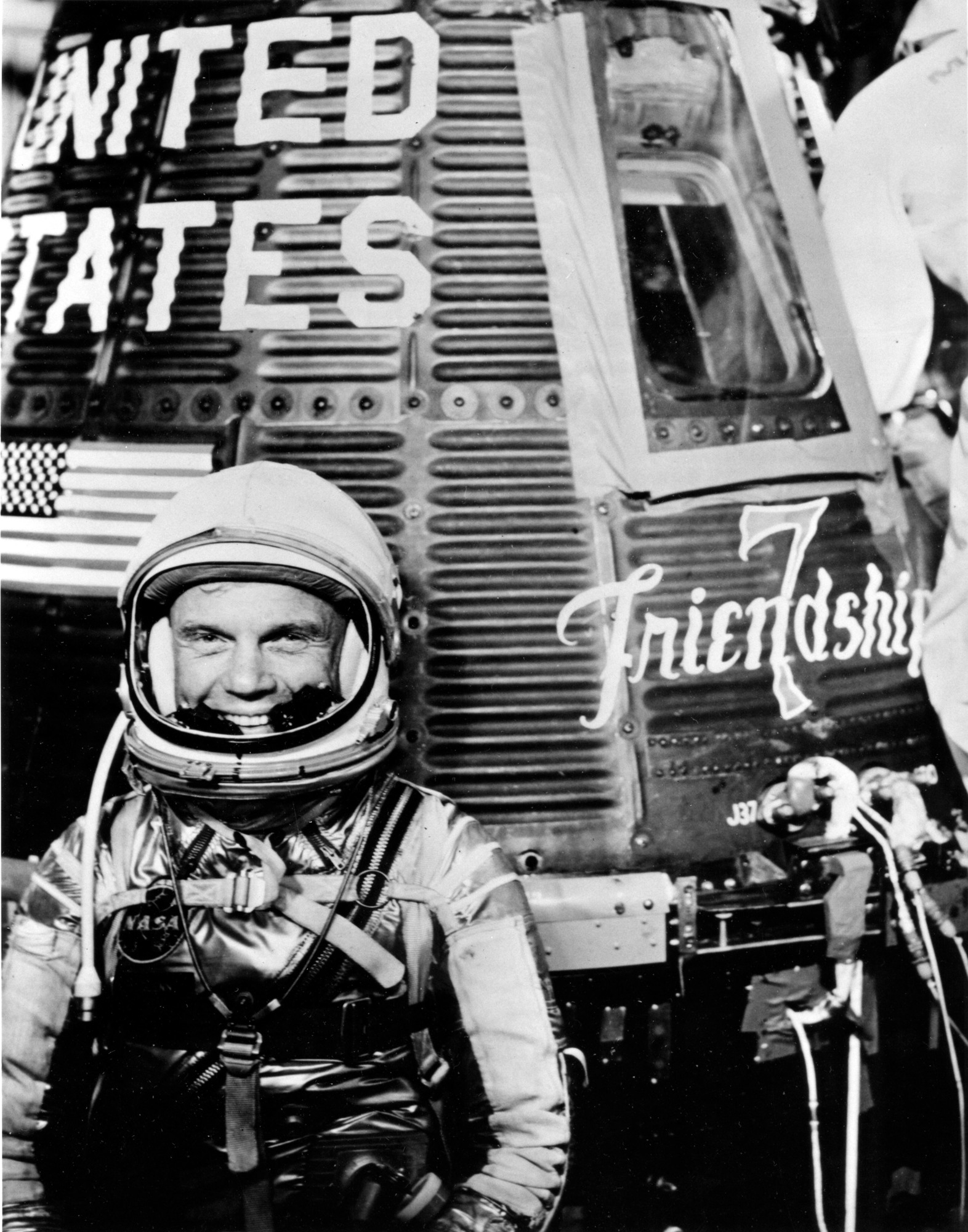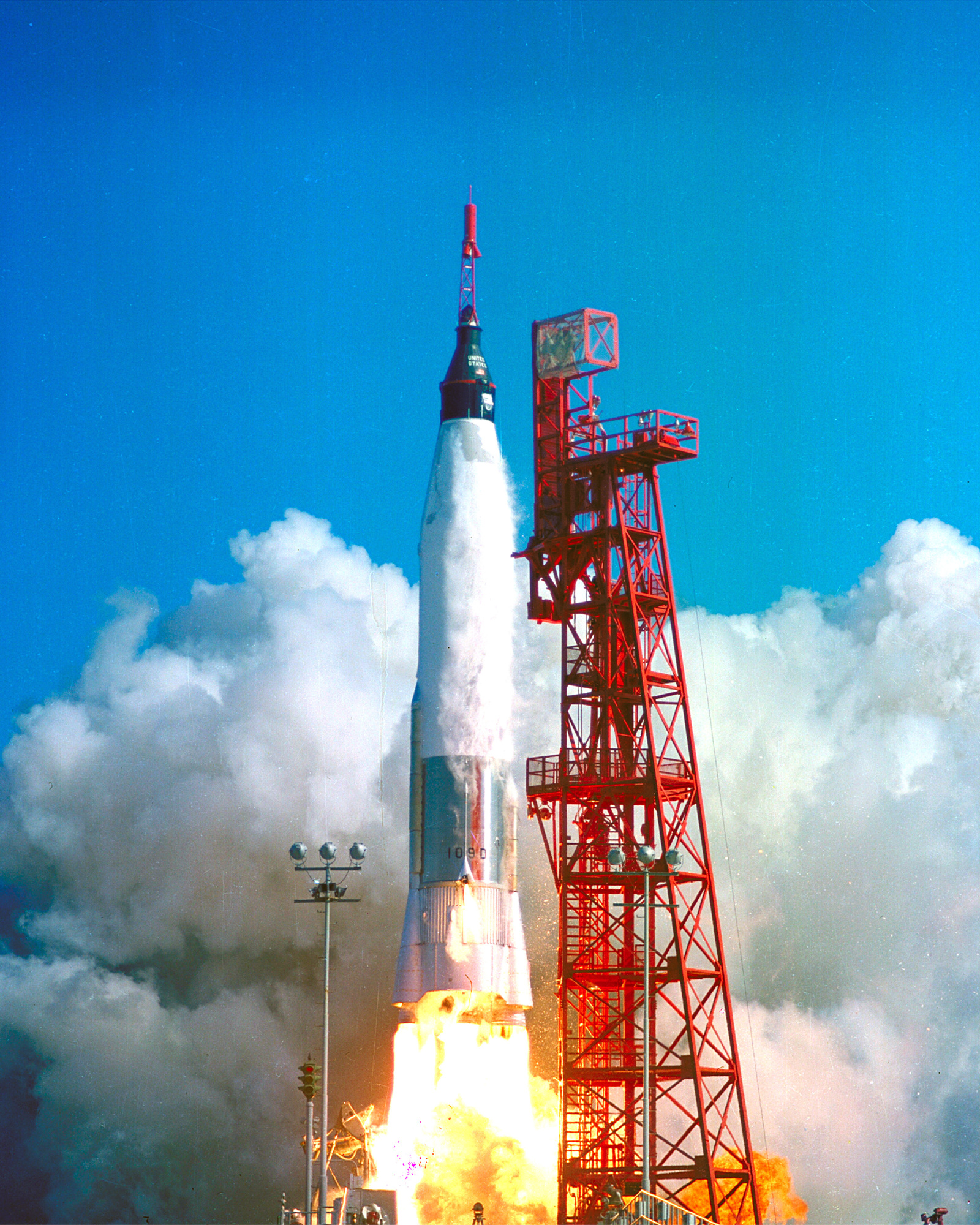- November 23, 2024
-
-
Loading

Loading

Frank Cona was sitting in a rooftop lawn chair on Feb. 20, 1962.
As he looked into the sky, he saw a vapor trail from the Friendship 7 spacecraft that John Glenn was aboard. Like many Americans, he cheered along with fellow spectators.

There was the notion that Americans had pulled alongside the Soviets in the race for space. But for Cona, that launch, and Glenn’s successful return, meant a job well-done on a personal level, too.
Cona was one of seven instrument engineers to develop a thermometer that could measure the temperature of the fuel, liquid hydrogen, to three decimal points. Using the fuel temperature, a physicist calculated the precise burn time for three retro rockets to allow the capsule to re-enter Earth’s atmosphere.
The temperature was minus 454 degrees Fahrenheit.
“You always had to have a plan B,” Cona said. “You learn that quickly in engineering. At least B. [Even] C, D sometimes.
Plan A was for Glenn to return and splash down in the Atlantic Ocean. Plan B was for him to land in the Indian Ocean.
“John Glenn was right on the right mark,’’ Cona said. "He landed within 1,000 yards.”
Cona graduated from Villanova University in 1961 and began working at Pratt & Whitney as an instrument engineer.
Originally, Cona wanted to work on the Ford Motor Co. team. Then, in 1960, President John F. Kennedy said it was a point of his administration to put a man on the moon and bring him back before the end of the decade.
Cona was sold. He moved within his mechanical engineering degree from autos to aerospace.
He said he was bothered by the Soviet Union’s early successes in space. And he wanted to help put America back in the race.
“Down deep I was kinda ticked off that the Russians had been up there, and we couldn’t even get a monkey in space, and that really motivated me,” he said.
So he worked in West Palm Beach for Pratt & Whitney. He was about 150 miles away from Cape Canaveral when Glenn launched. He said the engineering for the launch and mission was like peeling an onion — deeply layered. Although Americans had been to space, they had never orbited the Earth, which is what Glenn’s mission set out to do.
The myriad of calculations and measurements was Cona’s area of expertise. Getting it right meant getting Glenn home and the space program another step ahead.
https://www.youtube.com/watch?v=aMguOAV2_Nc
“I just measured stuff,” Cona said. “Because engineering, the way it’s broken out [is] you have very, very smart people who conceptualize it, then you have folks who are design people and they put the meat on the bones, and then you have field people like me who say, ‘Who’s the idiot that came up with this contraption?’ ”
Project Mercury, as Cona says, was the granddaddy of more complex projects such as Gemini and Apollo. But before Glenn headed into space and became the first American to orbit Earth, Alan Shepard and Gus Grissom launched aboard the Freedom 7 and Liberty Bell 7, respectively, as a part of Project Mercury.
Although Shepard and Grissom flew first, neither orbited Earth. Shepard’s flight was only 15 minutes. During their flights, the astronauts were monitored for their pulse and overall physical well-being. Cona recalls one of the monitors saying Glenn seemed to remain the most calm.
“He was saying that Grissom and Shepard’s pulses went through the roof when they were launched,” Cona said. “Glenn didn’t move. He was like, ‘Oh yeah, I’m going to drive a Sunday drive.’”
It’s an American accomplishment that hasn’t been forgotten.

In September 2016, Margot Lee Shetterley’s book, “Hidden Figures: The American Dream and the Untold Story of the Black Women Mathematicians who Helped Win the Space Race,” was published. A movie based on the book came out on Christmas Day. The movie centered on three women, Dorothy Vaughan, Mary Jackson and Katherine Johnson who were the brains behind Glenn’s launch.
“It was great,” he said. “I would never trade it because I felt that was a match and use of my skills. I was too young for a career and too old for Vietnam.”